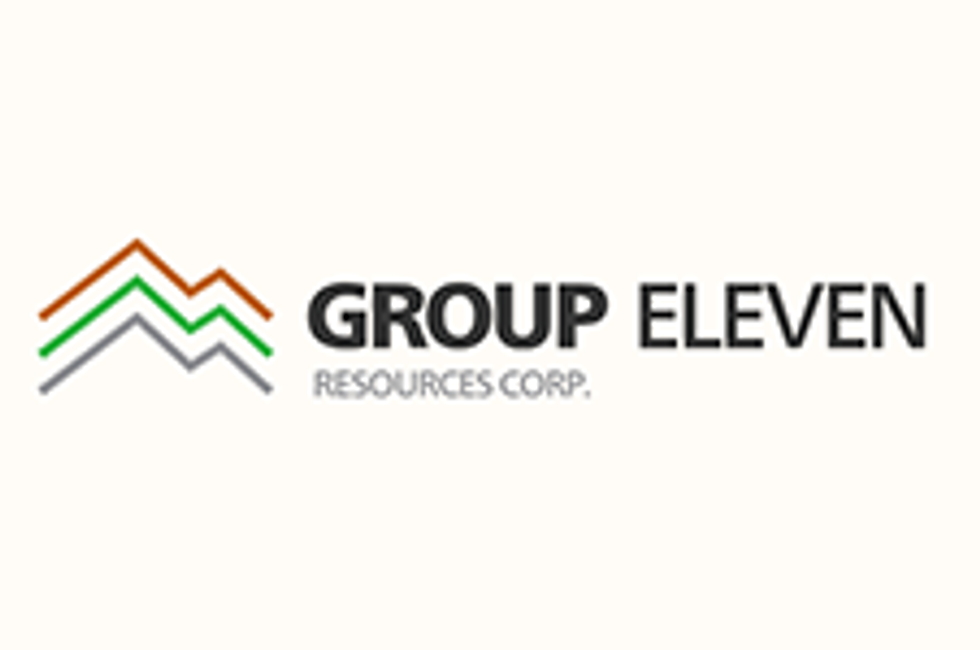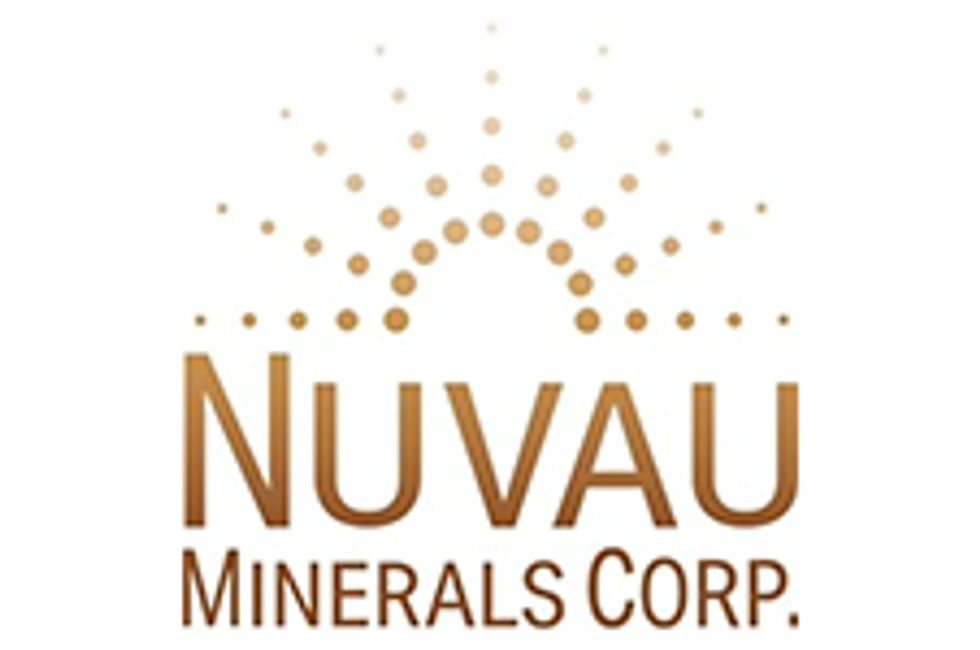
Zinc remained a top pick from banks and analysts alike and was the best-performing LME metal in 2016. Here’s a review of the zinc market in 2016.
Zinc remained a top pick from banks and analysts alike and was the best-performing LME metal in 2016. After a rocky start this year, when prices hit a seven-year low reaching $1,460 per tonne in mid-January, zinc prices were up by 25 percent by the end of the first quarter.
According to Reuters at the time, the rise came as “speculators piled back into the market on hopes more production cuts would lead to shortages”. Prices for zinc and other base metals were also buoyed by expectations of more economic stimulus measures from China.
The metal, used to galvanise steel, has gained nearly 90 percent since January and reached a nine-year high on November, touching $2,985 per tonne.
Here, INN looks back at what made the base metal hit multi-year peaks in 2016 as analysts and CEOs forecast a strong year ahead.
Tight Supply and Further Production Cuts
The International Lead and Zinc Study group estimated in their last report that the market will remain in deficit with a shortage of 248,000 tonnes for 2016.
Throughout the year, the closure of major mines such as Century and Lisheen in 2015, that together produced approximately 0.6 million tonnes of mined metal, had a big impact on supply.
Production cuts from other mines, including Glencore (LON:GLEN) and Nyrstar (BRE:NYR) also allowed prices to surge.
Glencore CEO Ivan Glasenberg said: “tightness is starting to flow through the entire supply chain and is beginning to reach the metal market.”
Analysts also agree that tighter supply due to mine closures will continue. In addition, top world producer China, that contributed to 37 percent of global supply last year, ordered to shut down 26 lead and zinc mines for environmental reasons this year.
Late in October, Black Star Open Cut mine in Queensland was also shut, after producing 40 million tonnes of ore and 1.75 million tonnes of contained zinc since opening in 2004. After the announcement, the base metal’s price rallied to a five-year high.
But all eyes are still on Glencore, that in a good year accounts for more than 10 percent of global output. Since last year, the company has been holding back production, after the dip in prices reduced the profitability of its mines.
The company announced late in 2015 that they would reduce 500,000 tonnes of contained zinc metal mine production across its operations worldwide this year.
But restoring the lost output would take just a few months, Glasenberg said on an investor call in August, adding that it would only happen “at the right time where we believe supply-demand justifies bringing it back into the market.”
To add to the curbed production Reuters reported in August that China’s huge zinc smelting industry slashed its fees for turning ore concentrates into refined metal by 20 percent.
Spot treatment charges slipped to $100-$110 a ton, down by about a fifth since February, four industry sources said at the time, nearing a four-year low. The move had signaled an impending squeeze in refined zinc supplies and a further run-up in prices.
Chinese Demand Up and Trump’s Plans
This year, for the first time in two decades, the government of China, the world’s biggest metals user, set a range for its growth target saying the economy would expand 6.5 percent to 7 percent this year. This announcement, made in February, improved zinc prices among other metals.
After the US election, the proposed infrastructure plans by incoming US President Trump together with credit-fueled stimulus in China, aimed at infrastructure projects and policy driven supply curtailments in coal, were the primary drivers of the base metal’s surge in prices.
Prices rallied after China’s top economic commission approved a $36 billion plan on new rail links around Beijing in November, boosting demand for industrial raw materials, including zinc.
Edward Meir, an analyst for INTL FCStone Inc. in New York, said that investors see zinc as the metal with the tightest supply situation “given the multitude of closures that have taken place over the past two years.”
The base metal hit multi year-highs and the speed of the rally exceeded expectations of analysts such as Dina Yu, of CRU Group, that said to Bloomberg at the time: “There have been no big changes in fundamentals that can explain such a surge. The market is driven by bullish sentiment in all metals.”
Goldman Sachs analysts said that it was tempting to blame the sharp post-US election rally in industrial metals prices on President-elect Trump’s platform of lower taxation and higher public spending on infrastructure.
“We would argue this rally was a continuation of a reflation trend put in place at the start of 2016 by the Chinese through credit stimulus aimed at infrastructure projects and policy driven supply curtailments in coal.
“Supply restrictions from policy actions should benefit oil, coking coal and nickel in the near term while economic reductions should boost natural gas and zinc.”
The bank said that expected zinc to outperform aluminium and copper over the next six to nine months and upgraded its rating on basic materials to overweight for the first time in four years.
Analysts Weigh In
Stefan Ioannou, mining analyst at Haywood Securities, predicted earlier in the year that things were shaping up for the zinc price to move toward the end of this year, which he added has been a long time coming.
“We are starting to see a number of significant things happen,” he said, adding the most telling point for higher zinc prices sooner than later is the treatment charges for 2016, that have been negotiated, have come down significantly since 2015.
Similarly, John Kaiser of Kaiser Research said earlier in the year that the important thing investors should keep in mind was the treatment charges and the retention level for zinc concentrates.
“The important thing is these treatment charges are coming down and the retention rates are decreasing because the refiners compete for scarce concentrate.”
More cautious, Daniel Hynes, commodities analyst at ANZ Bank, said: “Zinc prices have already pushed very high” adding that “It does represent some risk.”
But UBS analyst Daniel Morgan told Reuters: “The world is looking more like it’s on a growth footing,” due to a Republican-controlled U.S. Congress and a leadership reshuffle in China that may lead to policies supportive of growth.
“For those reasons you’ve probably had a big shift in sentiment toward a growth stance rather than a yield stance,” he said.
Don’t forget to follow us @INN_Resource for real-time news updates!
Securities Disclosure: I, Priscila Barrera, hold no direct investment interest in any company mentioned in this article.

